
Radiculopathy/Sciatica
Your spine is made of many bones called vertebrae, and your spinal cord runs through a canal in the center of these bones. Nerve roots split from the cord and travel between the vertebrae into various areas of your body. When these nerve roots become pinched or damaged, the resulting symptoms are called radiculopathy.
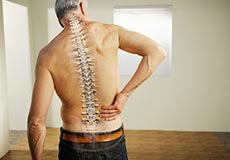
Herniated Discs/ Disc Herniation
A herniated disc is a relatively common condition that can occur anywhere along the spine, but most often affects the lower back or neck region. Also known as a slipped disc or ruptured disc, a herniated disc develops when one of the cushion-like pads between the vertebrae moves out of position and presses on adjacent nerves.
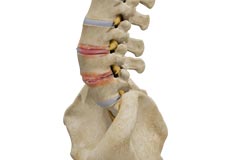
Degenerative Disc Disease
The intervertebral disc is composed of a ring called the annulus fibrosis that encloses a gelatinous inner structure called the nucleus pulposus. The discs are kept in position with the help of endplates between two vertebral bodies. The intervertebral discs act as shock absorbers.

Spinal Stenosis
Spinal stenosis is a narrowing of the spaces within your spine, which can put pressure on the nerves that travel through the spine. Spinal stenosis occurs most often in the lower back and the neck. Spinal stenosis occurs mostly in people older than 50. Younger people with a spine injury or a narrow spinal canal are also at risk. Spinal stenosis is most commonly caused by wear-and-tear changes in the spine related to osteoarthritis.
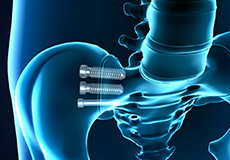
Sacroiliitis/Sacroiliac Joint Arthropathy
Sacroiliitis is the inflammation of one or both of your sacroiliac joints. These two joints are located where the sacrum (the triangular last section of the spine) meets the ilium (a part of the pelvis). Sacroiliitis is a source of pain in the buttocks. It is often difficult to diagnose as many other conditions cause pain in the same locations.
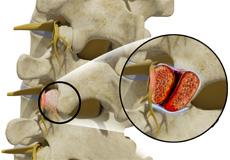
Facet Syndrome (Low Back and/or Neck Pain)
The facet joints are the connections between the bones of the spine. The nerve roots pass through these joints to go from the spinal cord to the arms, legs and other parts of the body.

Coccydynia/Tail Bone Pain
Coccydynia is a pain in the region of the coccyx, a triangular bone present at the bottom of the spine. Coccydynia is also known as tailbone pain. The condition can make it difficult to sit down on a chair comfortably.

Cervicogenic Headache
Cervicogenic headache is referred pain (pain perceived as occurring in a part of the body other than its true source) perceived in the head from a source in the neck. Cervicogenic headache is a secondary headache, which means that it is caused by another illness or physical issue.

Joint Osteoarthritis
Osteoarthritis is the most common form of arthritis, affecting millions of people worldwide. It occurs when the protective cartilage on the ends of your bones wears down over time.

Diabetic Peripheral Neuropathy
The peripheral nervous system transmits signals from the brain and spinal cord to the rest of the body. Any disruption in the normal functioning of the peripheral nervous system can result in numbness, pain, and weakness in your hands and feet as well as other parts of your body.
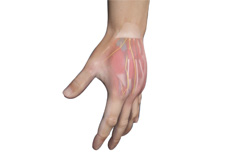
Chronic Regional Pain Syndrome (CRPS)
Complex Regional Pain Syndrome (CRPS) is a chronic (lasting greater than six months) pain condition that most often affects one or both limbs (arm, leg, hand, or foot) usually after an injury. CRPS is characterized by prolonged or excessive pain and changes in skin color, temperature, and/or swelling in the affected area. CRPS symptoms vary in severity and duration, although some cases are mild and eventually go away.
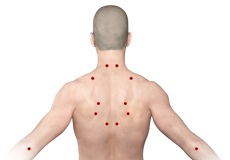
Myofascial Pain Syndrome (Trigger Points)
Trigger Points/Myofascial Pain Syndrome (MPS) refers to pain and presumed inflammation in the body's soft tissues or muscles. Myofascial pain is a chronic, painful condition that affects the fascia (connective tissue that covers the muscles). MPS might involve either a single muscle or a muscle group. In some cases, the area where a person experiences the pain might not be where the myofascial pain generator is located.
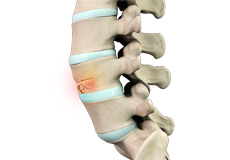
Spinal Compression Fracture
A compression fracture of the vertebra occurs when the bones of the spine (vertebrae) collapse. Most commonly, these fractures occur in the thoracic or the middle portion of the spine.
